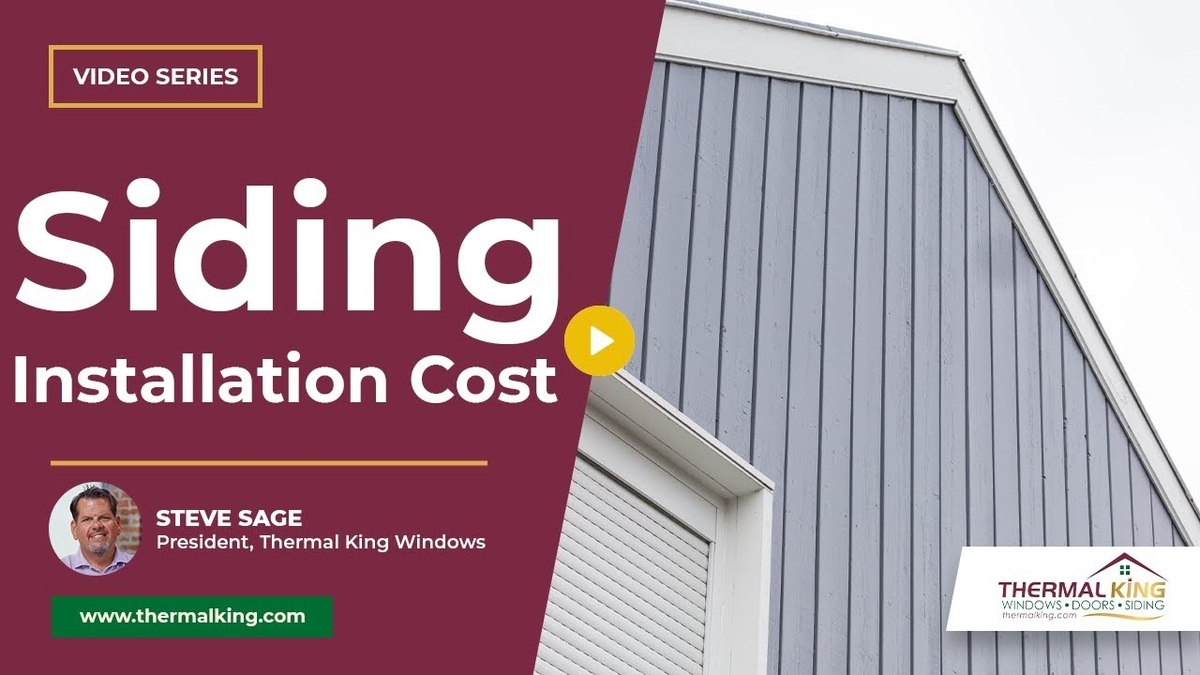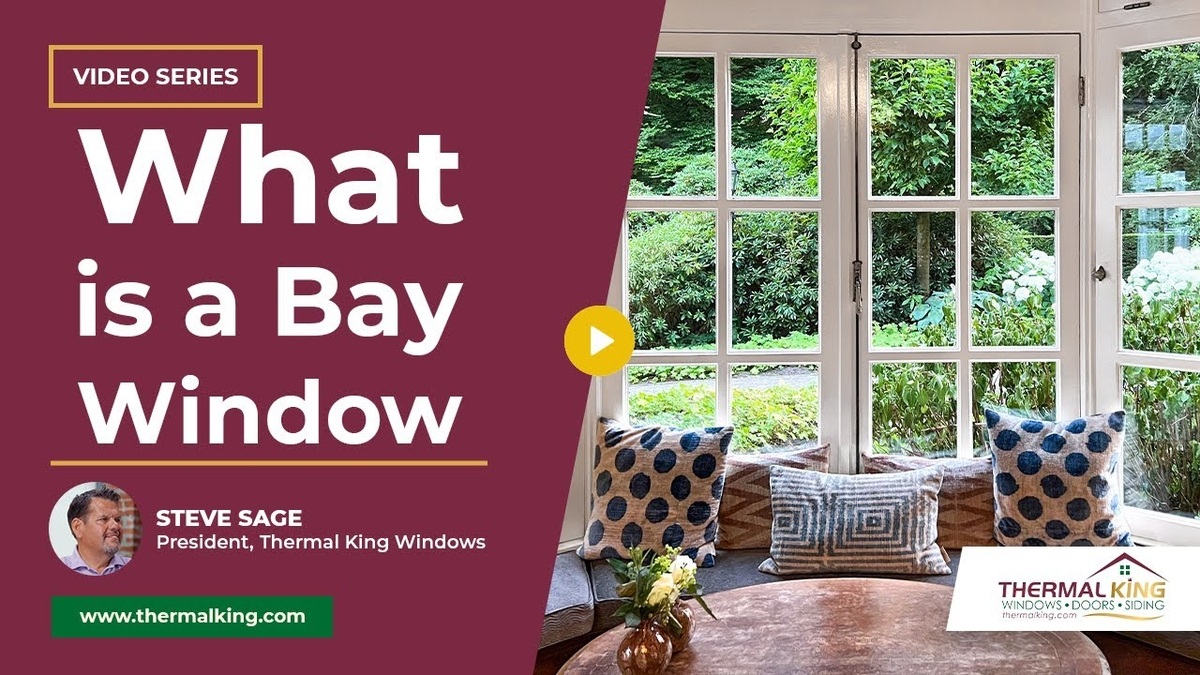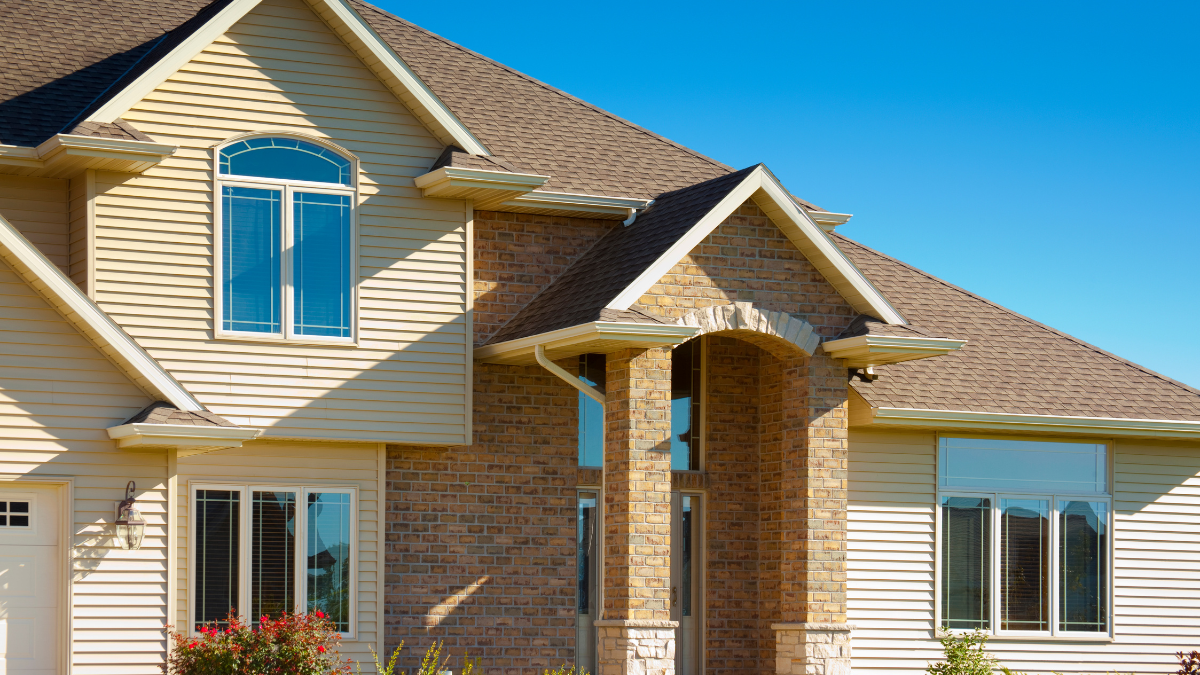Window cladding offers the perfect combination of aesthetics and functionality for your windows. Whether you’re renovating your home or considering new window installations, understanding window cladding can significantly impact your decision-making process. Imagine enhancing both the look and durability of your windows with one smart solution—window cladding makes it possible.
What is Window Cladding?
Window cladding refers to the protective layer applied to the exterior of a wooden window. This layer can be made of materials like metal or vinyl. The primary purpose of window cladding is to protect the wooden components from the elements while maintaining the aesthetic appeal of wood on the interior side.
Types of Window Cladding
Metal Cladding
Metal cladding involves covering the exterior of a wooden window with a layer of metal, usually aluminum. This method provides excellent protection against weather elements, as metal is highly durable and resistant to corrosion.
Vinyl Cladding
Vinyl cladding uses a vinyl layer to cover the wooden exterior. Vinyl is a popular choice because it is low-maintenance, cost-effective, and provides good insulation.
Benefits of Window Cladding
Enhanced Durability
One of the most significant advantages of window cladding is the enhanced durability it offers. By protecting the wooden window frames with metal or vinyl, the windows become resistant to rot, warping, and other weather-related damages.
Low Maintenance
Wooden windows require regular maintenance, such as painting and staining, to keep them looking good and functioning correctly. Cladding reduces the need for such maintenance, as the exterior layer provides a durable, weather-resistant surface.
Aesthetic Appeal
With window cladding, you get the best of both worlds: the beauty of natural wood on the inside and the durability of metal or vinyl on the outside. This combination ensures that your windows look great and perform well for many years.
Issues with Wood Windows and Cladding
While cladding protects the wood from direct exposure to the elements, it introduces another set of problems. Wood and metal, or wood and vinyl, expand and contract at different rates. Over time, this can cause gaps where moisture can seep in, leading to hidden rot beneath the cladding. You might not notice the damage until it’s too late, resulting in the window falling apart when you try to open it.
The Cladding Process and its Advantages
Step-by-Step Cladding Process
- Preparation: Clean and prepare the wooden surface to ensure the cladding adheres properly.
- Installation: Begin with the bottom piece on the window sill, followed by overlapping pieces for the brick mold and other parts. This overlapping method ensures water runs off and doesn’t penetrate the cladding.
- Sealing: Proper caulking is applied to seal the edges, although the overlapping design minimizes the risk of water infiltration even if the caulking fails.
Importance of Proper Installation
Having worked in the window installation industry for over 30 years, I’ve seen numerous cases where homeowners were unaware of the rot hidden behind the cladding. It’s not uncommon to visit homes where windows can’t be opened due to severe rot, all hidden behind the metal or vinyl layer. This experience underscores the importance of proper installation and maintenance.
In Summary
Window cladding is an excellent solution for enhancing the durability and aesthetic appeal of wooden windows. It combines the beauty of natural wood with the protection offered by metal or vinyl cladding. However, it’s essential to understand the potential issues and ensure proper installation to avoid hidden damage.
If you’re considering this option for your home, it’s always best to consult with professionals who can guide you through the process and ensure a quality installation. Contact us to learn more about our services and how we can help protect and beautify your windows.



